New Jersey has released an Energy Master Plan in which the least-cost generation mix to meet its clean energy goals would include 17 GW of solar by 2035. Given the state’s existing 3 GW of solar, that target could be met by adding 950 MW of solar each year through 2035, including 400 MW of distributed solar every year through 2030, says the plan.
New Jersey’s Administration has a goal to reach 100% carbon-neutral electricity generation by 2050, and the state has a 2007 law that mandates reducing greenhouse gas emissions by 80% below 2006 levels by 2050.
The plan’s least-cost clean energy strategy would reach 32 GW of solar by 2050, plus 11 GW of offshore wind and 9 GW of storage. Transmission capacity of 2 GW would be added to import electricity from other states.
Those levels of capacity would provide for about double the state’s current electricity load, as the Energy Master Plan envisions electrification of 90% of space heating and water heating in buildings, plus electrification of the “vast majority” of vehicles.
New Jersey Governor Phil Murphy issued an executive order that directs the Department of Environmental Protection “to make sweeping regulatory reforms to reduce emissions and adapt to climate change,” in order “to underpin the initiatives in the Energy Master Plan,” says a press release.
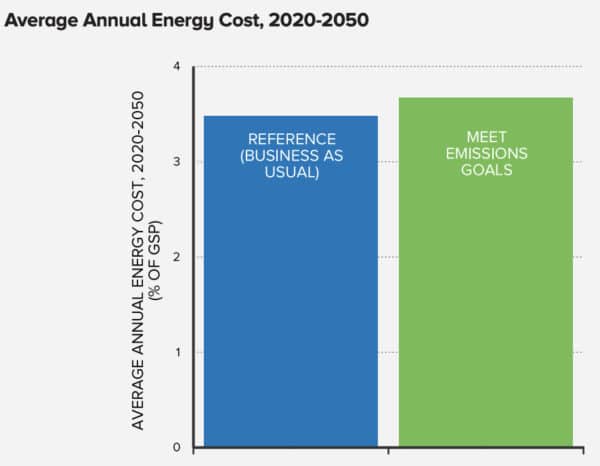
The least cost strategy would increase energy system spending “by only 0.2% of gross state product” compared to business as usual, says the plan, as shown in the bar chart at right.
Counting clean air health benefits and the social cost of carbon, the least-cost strategy would reduce total costs, as shown in the waterfall chart at right.
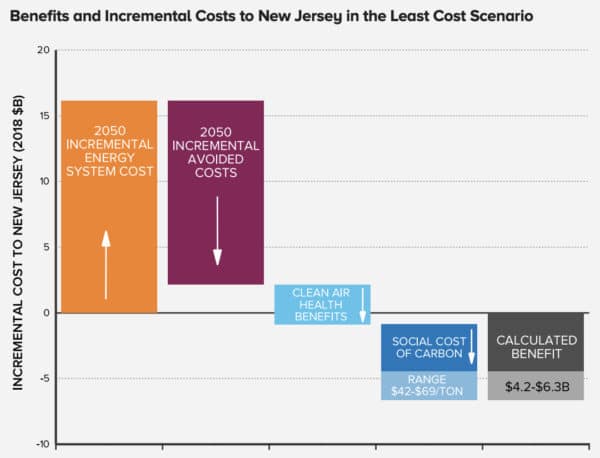
The least-cost strategy was identified through modeling by the Rocky Mountain Institute and Evolved Energy Research. Considering a low-cost scenario in which future costs of solar and storage would match the “low” forecast in the National Renewable Energy Laboratory’s 2019 Annual Technology Baseline, the state could meet its clean energy targets “at a cost near parity with business-as-usual,” says the energy plan.
Through 2050 and beyond, the least-cost strategy includes gas-fired generation, but that generation would be zero-carbon bio gas and hydrogen by 2050, as shown in the graph below.
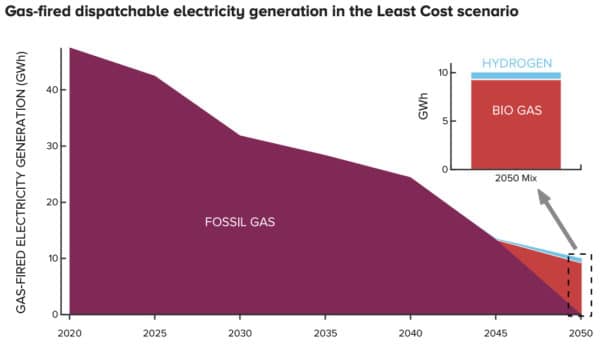
The Governor’s press release notes the challenges that New Jersey faces from rising sea levels, as well as the health effects of fossil fuel combustion, and includes supportive comments from several environmental groups.
The energy plan expects that New Jersey’s nuclear generation will continue at current levels, as shown in dark green below. The growing wedge of solar is shown in light green.
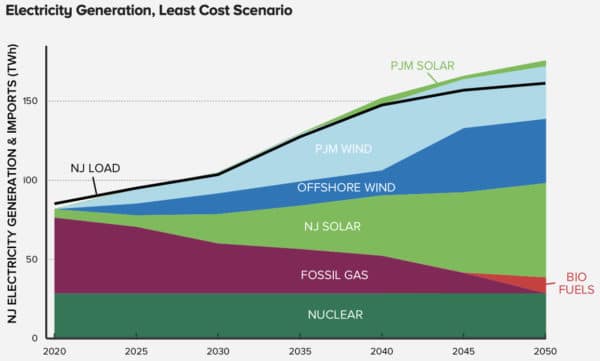
This content is protected by copyright and may not be reused. If you want to cooperate with us and would like to reuse some of our content, please contact: editors@pv-magazine.com.
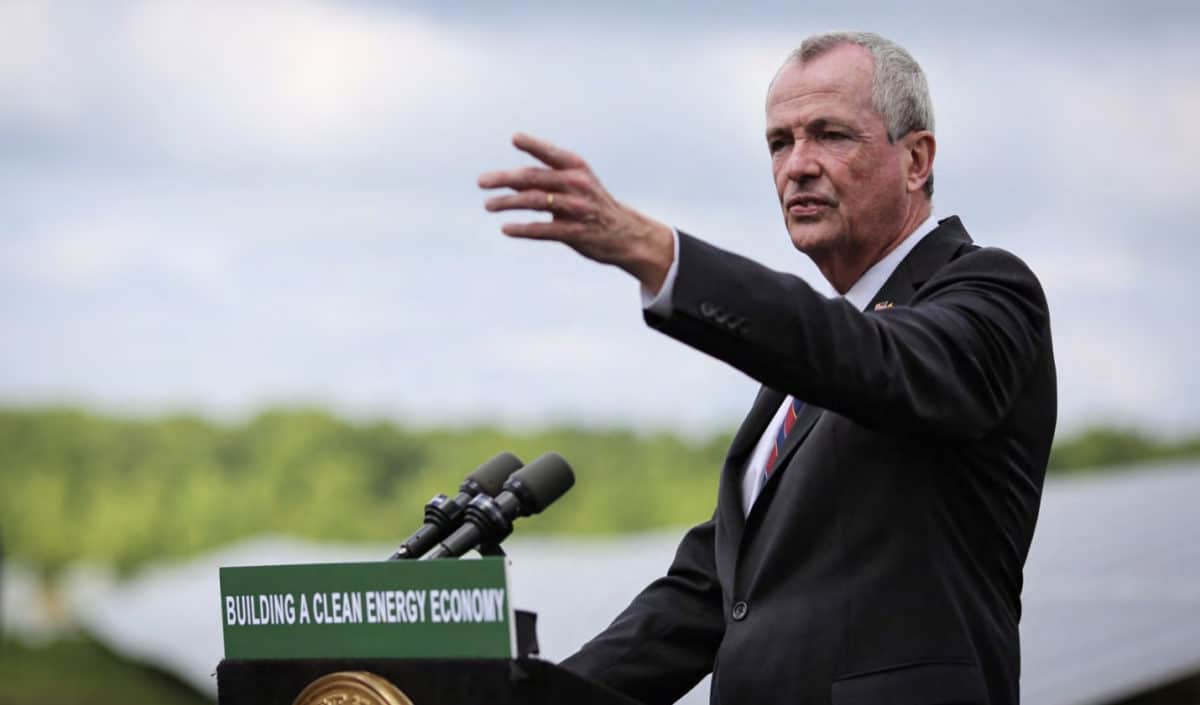


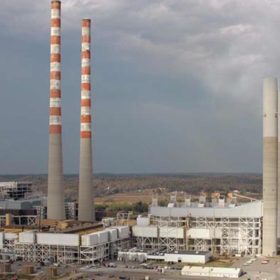



By submitting this form you agree to pv magazine using your data for the purposes of publishing your comment.
Your personal data will only be disclosed or otherwise transmitted to third parties for the purposes of spam filtering or if this is necessary for technical maintenance of the website. Any other transfer to third parties will not take place unless this is justified on the basis of applicable data protection regulations or if pv magazine is legally obliged to do so.
You may revoke this consent at any time with effect for the future, in which case your personal data will be deleted immediately. Otherwise, your data will be deleted if pv magazine has processed your request or the purpose of data storage is fulfilled.
Further information on data privacy can be found in our Data Protection Policy.